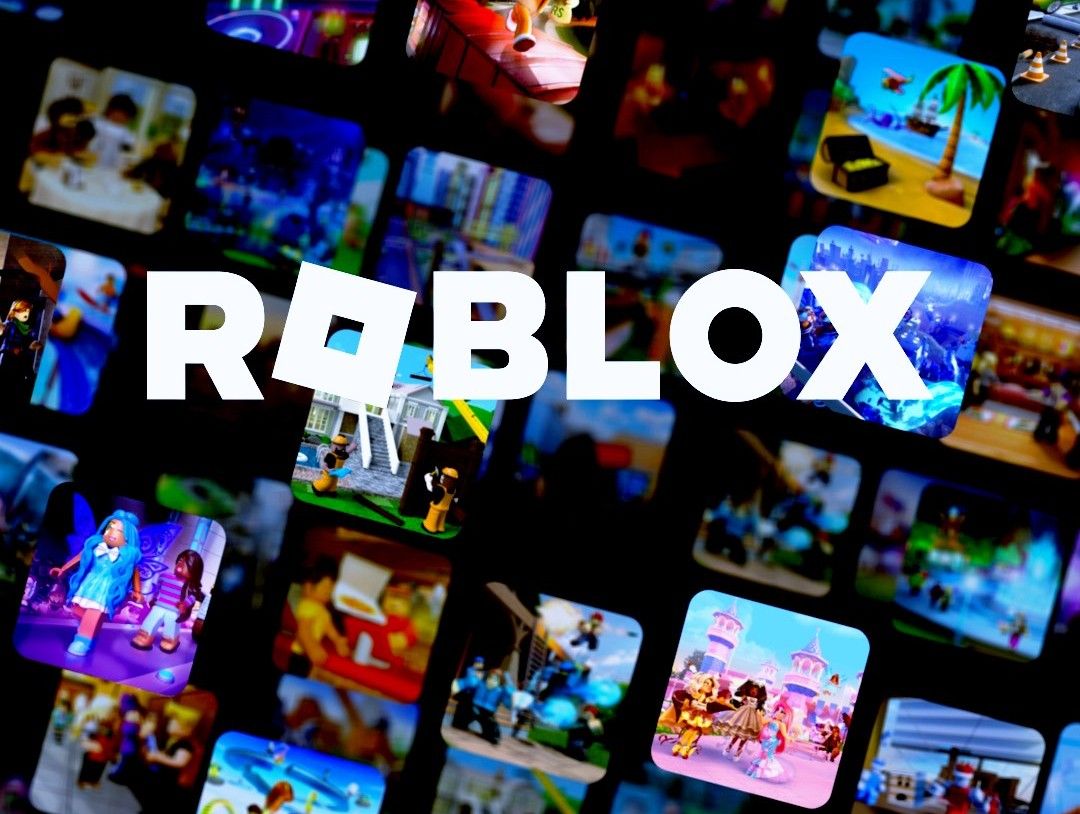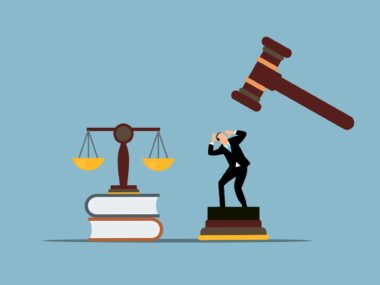After getting hit with lawsuits and criticism for failing to protect minors from exploitation, Roblox released a statement defending themselves. The blog post is worded carefully, defensive in tone as it tries to paint itself in a better light.
The company declined to comment directly on the litigation but said it needed to address “erroneous claims and misconceptions about our platform.” From there, the statement unfolded into a long, detailed list of the tools, partnerships, and policies they’ve implemented to protect users who are under 13. It’s clear that Roblox wants the public to see its platform as one of the safest online environments in existence.
Roblox’s Case for Itself
Roblox’s defense leaned heavily on the numbers. Tens of millions of users log in every day, it said, playing, creating, and learning. 64% of the people who play Roblox games are over 13, yet claim they’re safety measures are tougher than those found on most social networks.
The company listed more than 40 new safety features introduced in the past year like updated parental controls, maturity labels, stricter settings for under-13 players. They also added a new age verification where users need to send a “selfie-video” to confirm their age.
The company also pointed to its partnerships with the FBI and the National Center for Missing and Exploited Children (NCMEC). 24,522 reports were filed with the NCMEC in 2024 alone. The message Roblox is trying to send is that online safety is complex, bad actors will adapt to avoid detection, but the company is working continuously to get better.
What’s Missing from the Message
Take a look closer at the statement, and you’ll start to notice a pattern. It never admits Roblox has a serious problem with exploitation on its platform. The crisis only comes from the outside. The real problem stems from bad actors trying to break the rules, not from any shortcomings in how Roblox polices its own digital universe.
By refusing to acknowledge the seriousness of the allegations, Roblox’s statement reads less like accountability and more like reassurance. Crafted to comfort parents, regulators, and investors rather than to confront the hard truth.
The company’s language mirrors the typical tech playbook. Emphasize innovation, highlight partnerships, insist on being industry-leading, and avoid conceding ground on systemic flaws. It’s a strategy designed to control the narrative, not to show vulnerability.
An Appropriate Response or Deflection
Is Roblox really taking the backlash seriously or just managing it?
The statement suggests both. It recognizes the public concern and outlines real steps the company has taken. At the same time, it avoids the deeper acknowledgment that might reassure critics more than any list of features could: an open admission that current safeguards still aren’t enough.
Roblox positions itself as proactive and responsible, yet sidesteps the very reason lawsuits like this exist in the first place. Parents don’t just want new filters; they want proof that the company understands the risks still slipping through.
A Page From the Tech World’s Playbook
This isn’t unique to Roblox. Tech companies facing safety controversies often default to highlighting progress while downplaying shortcomings. It’s a form of crisis communication that looks polished but leaves lingering doubt: if the problem isn’t acknowledged, is it truly being solved?
For Roblox, the challenge is bigger than legal filings. It’s about trust. And right now, trust requires more than another list of safety tools, it requires honesty and accountability. Until the company openly addresses the scale of its safety failures, skepticism will remain.
Roblox’s Problems Aren’t Going Away
Roblox’s statement shows a company that wants to be seen as part of the solution but isn’t yet ready to admit how deep the problem runs. Safety features, partnerships, and AI moderation tools matter. Without honesty, they read as deflection.
The question Roblox needs to answer is not whether it has the right systems in place. It’s whether those systems actually keep children safe, and whether the company is willing to admit when they don’t.






